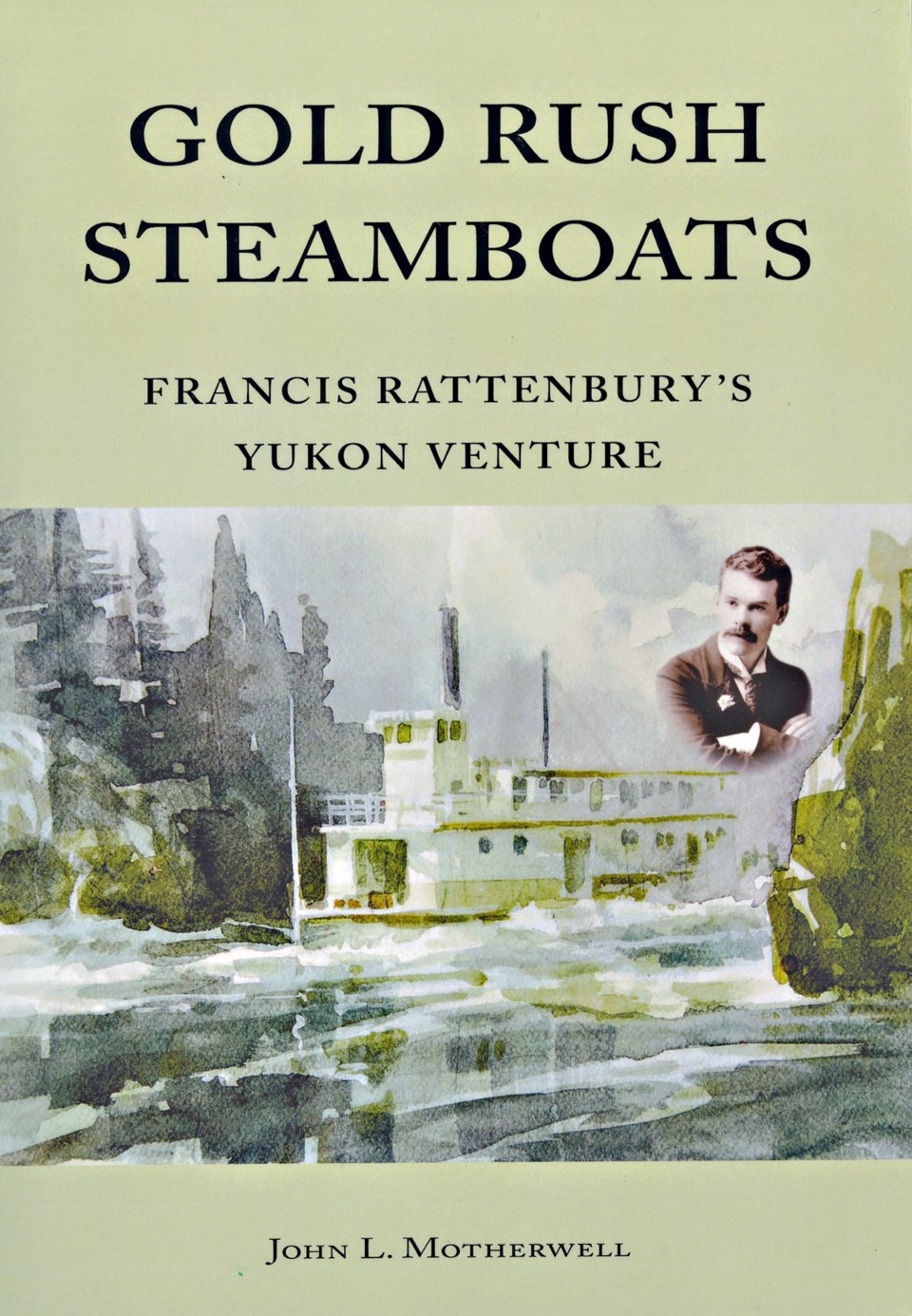Gold Rush Steamboats: Francis Rattenbury’s Yukon Venture
By John L. Motherwell
Self-published, 297 pp., $30
Architect Francis Rattenbury is well-known in Victoria for the buildings he created around the Inner Harbour, including the Fairmont Empress and the parliament buildings. But we should not ignore his business venture in the Yukon.
The gold rush there began as the parliament buildings were nearing completion, and Rattenbury was looking for something new. He saw the need for a steamboat service on the Yukon River.
Rattenbury had three small steamboats built, and the Bennett Lake and Klondyke Navigation Company started service in 1898. It was not to last; at the end of June 1902, the company was closed and the vessels were pulled off the river.
By that time, Rattenbury had moved on to other things. His interest in the Yukon River will not be forgotten, however, thanks to John Motherwell, a surveyor and engineer living in Victoria.
Motherwell has been interested in Rattenbury’s Yukon experience for more than half a century. He first heard of the Bennett Lake and Klondyke Navigation Company in 1955, long after its boats had stopped running, while he was in Whitehorse.
A few years later, on the Yukon’s Fortymile River, Motherwell found what was left of two of Rattenbury’s boats. In 2002, he visited the company’s old shipyard at Bennett Lake.
It’s safe to say that Gold Rush Steamboats has been a labour of love. Motherwell has spent years researching the story, pulling information from newspapers, government reports, memoirs, other books and other sources.
His book is thorough and compelling, especially because it shines a light on part of our history that was in danger of being forgotten. It also helps establish, once again, the important role that people in Victoria played in the Klondike gold rush.
This was, after all, an important staging area for people heading north — and they inspired the local business community to get involved in the rush.
Motherwell’s book is highly readable, and well-illustrated with photographs and maps. Do not discount it just because it was self-published; it is more evidence that these books can match, and even surpass, the books coming from conventional publishers.
The author is already part of the history of Rattenbury. In 2006, he visited the cemetery in Bournemouth, England, where Rattenbury was buried in 1935. When Motherwell found that the grave was unmarked, he decided to do something about it.
He spent $3,200 on a headstone that features an image of the parliament buildings and the words: “In remembrance of Francis Mawson Rattenbury, 11 October 1867 — 28 March 1935. A British Columbia Architect.”
Motherwell’s investment ensures that visitors to Rattenbury’s grave can see a physical memorial to the architect, just as visitors to the Inner Harbour can see his vision for the centrepiece of our city.
With Gold Rush Steamboats, Motherwell has produced a fine memorial to Rattenbury’s grand venture in the Yukon.
(The book is available from Motherwell at 2563 Macdonald Dr., Victoria, V8N 1X7. The cost is $30, plus $1.50 HST and $15 for shipping and handling.)
The reviewer is the editor in chief of the Times Colonist, and author of The Library Book: A History of Service to British Columbia.
